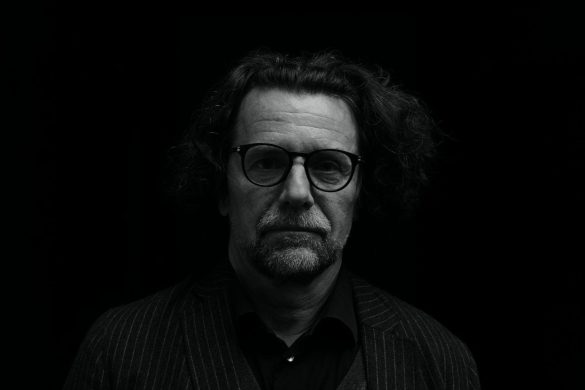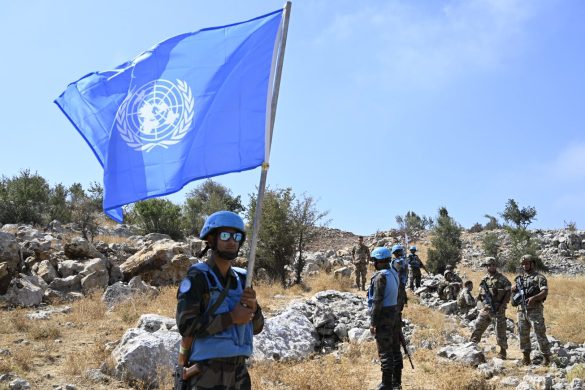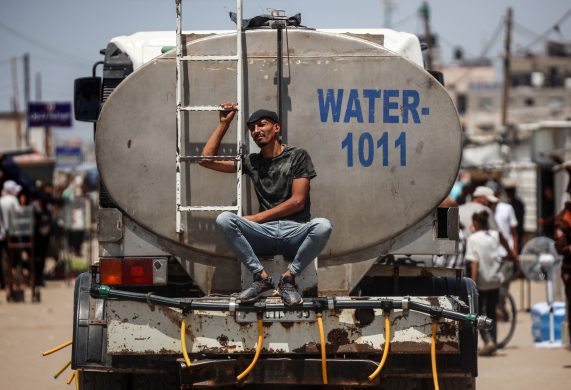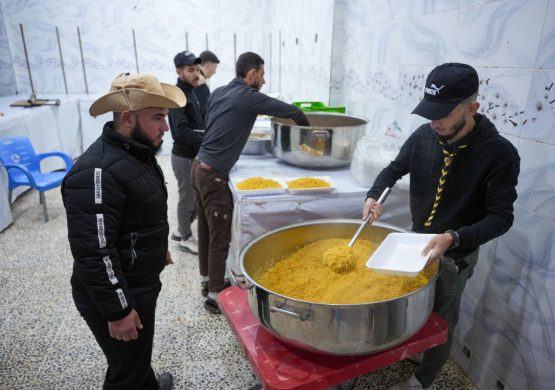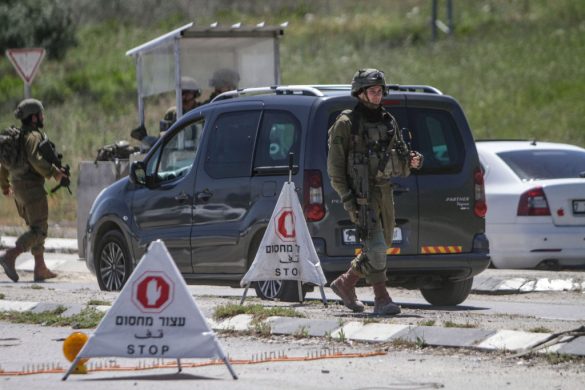Udgifterne tårner sig op og giver nødhjælpsfolk gåsehud – forventningen er, at bistandsyderne aldrig vil stille med penge nok til at få bugt med den humanitære katastrofe, mens flygtningetallet stiger.
* Traditional donors not able to meet needs
* Difficult emergency (katastrofe) to sell to the private sector
* Agencies trying to be more cost-effective
* Need to prioritize among services offered
AMMAN, 11 June 2013 (IRIN): In a spacious office in Jordan’s general security building, a career diplomat, now the Jordanian government focal point for Syrian refugees, runs off (gennemgår) a list of expenses: water tank vehicles, additional classrooms, hospital equipment, even insecticides (sprøjtemidler mod insekter).
In Anmar Alhmoud’s hands is a large stack of papers from which can be gleaned (udledt) the exact cost of the Syrian refugee crisis to Jordan.
So far, he says, the country has spent nearly half a billion US dollar (ca. 2,7 milliarder DKR) meeting the needs, both in refugee camps and in Jordanian communities, where Syrians access free education and health care, as well as subsidized food, water and electricity.
The subject of funding gives him goose bumps (gåsehud).
On the other side of the city, outside the Amman office of the UN Refugee Agency (UNHCR), access to the front gate is blocked by hundreds of people lining up to register as refugees.
So crowded is the place that small shacks (skure) have opened along the side of the street selling cold drinks and snacks to those in the queue.
Mega-appeal for money
On 7 June, the UN and its partners launched the largest appeal for humanitarian funding in history:
* 4,4 billion dollar to help Syrian refugees and people in need inside of Syria, as well as
* 830 million dollar to help the Jordanian and Lebanese governments cope with this crisis over the course of 2013.
The appeal replaces an earlier appeal for 1,5 billion for aid operations in the first half of the year.
“Every worst case scenario we have had for Syria has been surpassed (overgået) in the last four months,” said Andrew Harper, head of UNHCR in Jordan, home to more than half a million Syrian refugees, according to government estimates.
UNHCR says the number of Syrian refugees across the region – now 1,6 million – could reach 3,5 million by the end of the year.
In the past two years of conflict in Syria, the humanitarian response has already struggled to secure enough funding.
If the situation continues to deteriorate and the needs continue to rise, as aid workers expect, is a humanitarian response at five billion dollar a year sustainable?
“No, probably not,” says Edouard Rodier, who coordinates the regional response of the European Commission’s humanitarian aid arm, ECHO. “There will not be enough money.”
“The donors are simply not able to meet the needs,” says Dominique Hyde, head of the UN Children’s Fund (UNICEF) in Jordan, adding:
“It is not a criticism, it is a reality.”
“Could we do better?”
Læs videre på
http://www.irinnews.org/report/98210/analysis-hard-choices-when-the-syria-aid-response-runs-out-of-money





